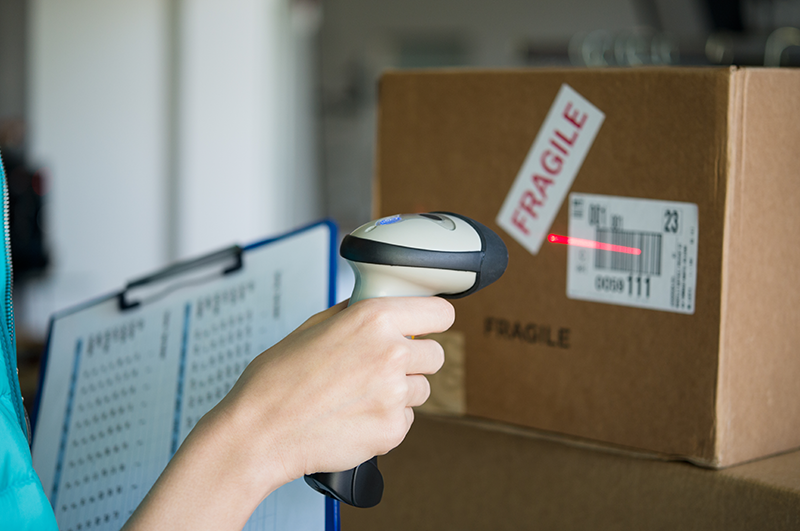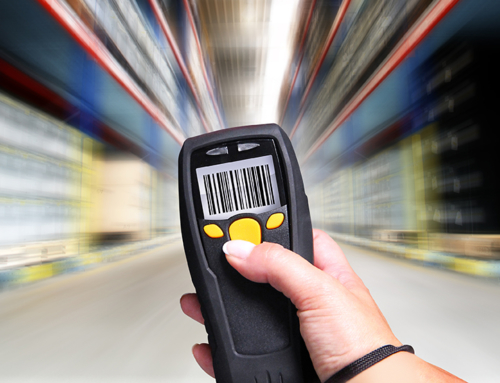Technology helps every business do better, usually accessorizing them with a flashy case and blinking lights to boot.
When it comes to smart labels and smart tags, though, looks can be deceiving. These tiny, unassuming devices are growing in popularity among supply chains across the globe, but they’re not without issues.
As smart tags become more common, it’s going to be important that your returns management team is familiar with these devices. After all, they could save your business a lot of money.
Smart Tags: What’s Trending, Both the Good and the Bad
Like any young technology, smart tags aren’t perfect. These smart tags that offer features like real-time tracing, re-programmability and simultaneous identification have massive potential, but it will take some time for the supply chain to really figure out how to use them to their potential.
Here are some key reverse logistics label trend to watch:
- More applications in more industries are going to increase usage. Just a few years ago, smart tags were a barely recognized technology, but today they’re being put to work in retail, manufacturing, pharmaceuticals, healthcare, logistics, as well as the food and beverage sector. The more uses that can be found for these small and mighty devices, the better.
- Increasing disposable income of buyers is driving market growth. Shoppers with disposable income are increasingly going online to make purchases and they’re demanding to know where those purchases are as they work their way through the supply chain.Smart labels and smart tags make this possible, even allowing those buyers to track their packages with street level accuracy in some cases.
- Lack of consistent standards may slow growth on the global market. For all the great stuff coming out of the smart tag technology, it has a fatal flaw that has to be corrected for it to be a truly effective tool. There are no consistent standards across the globe.That means that smart tags used primarily in Asia may not be able to be read or used in North America, or vise versa. Once this is resolved, a lot of the paperwork issues that often slow down the international supply chain could be eliminated and the smart tag used instead.
Smart labels and smart tags are going to continue to be useful tools for reverse logistics and throughout the supply chain for the foreseeable future, provided that a standard can be established that all shippers and markets will conform to. In the meantime, they’re still a great boost to customer experience, allowing both your team and the customer to see exactly where their package is in the shipping process.







Leave A Comment